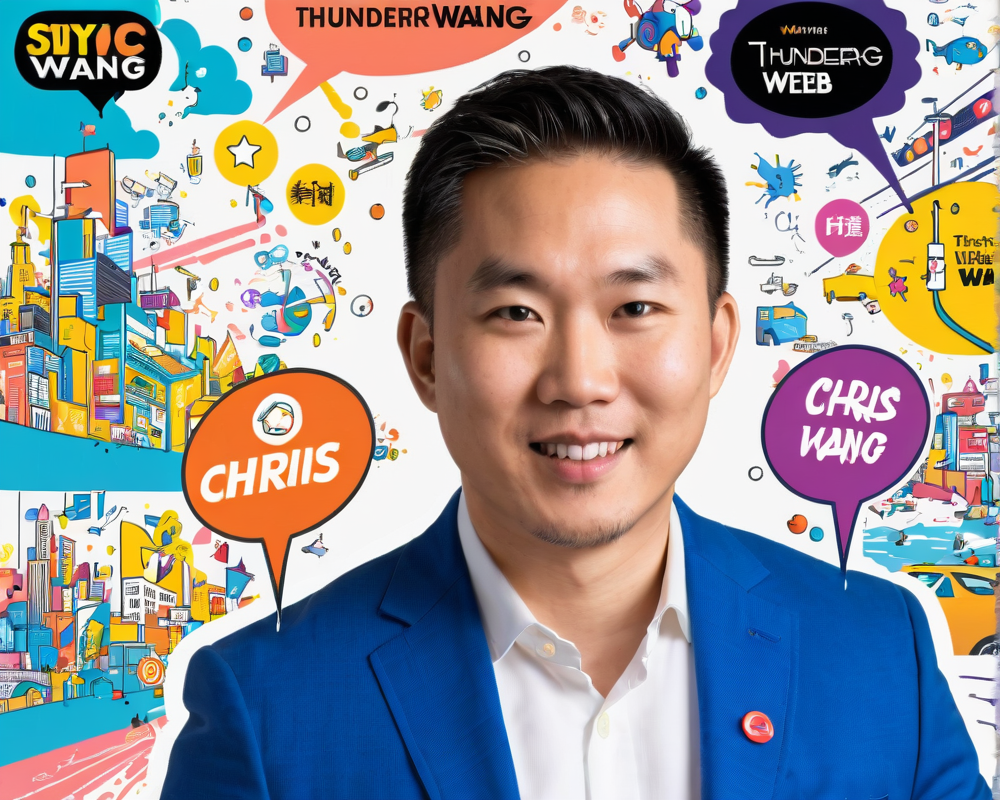The Early Journey of Chris Wang
Chris Wang, a name synonymous with success, started his journey at Carnegie Mellon University, where he achieved the phenomenal feat of graduating with a PhD in just two years and ten months. His trajectory from gaming enthusiast to tech entrepreneur is not just inspiring but showcases a blend of intelligence and ambition. Wang’s early love for programming coupled with a passion for video games like Warcraft and Civilization set the stage for his future endeavors in technology.
Building Blocks of Web2: Playdom
After a fruitful stint at Google, Wang took a plunge into the world of social gaming by founding Playdom in 2008. With a strong focus on viral growth, the company soared to become Facebook’s second-largest gaming entity, amassing millions of users within a short span. The journey culminated in a lucrative acquisition by Disney for over half a billion dollars—a testament to Wang’s foresight and entrepreneurial spirit.
The Evolution to Web3
Fast forwarding to today, Wang’s insights into Web3 reveal a landscape still in its infancy. According to him, achieving widespread adoption is crucial, especially among users unfamiliar with blockchain technology. He stresses that while innovations like Bitcoin and NFTs have captured public interest, accessibility remains a significant barrier. Much like how Apple transformed the smartphone market, Web3 must cater to everyday users and simplify entry points for mass adoption.
ThunderCore: The Reliable Backbone of Web3
Wang’s current venture, ThunderCore, aims to revolutionize the way public blockchains operate by providing a platform that boasts rapid transaction speeds and affordability. Think of it as Ethereum’s faster cousin! With an impressive throughput of 4,000 transactions per second, ThunderCore offers an array of services, designed to attract both developers and users alike, ultimately bridging the gap between Web2 and Web3.
The Crystal Ball: What’s Next for Web3?
Predicting the future, Wang is optimistic about the integration of Web3 features into existing Web2 platforms. He believes that as traditional enterprises enter the space, they could potentially become the giants of Web3. With visionary projects like ThunderGene simplifying transitions and compliance burdens for developers, Wang doesn’t just see obstacles—he sees opportunities for growth and innovation that could redefine user engagement in the digital sphere.




